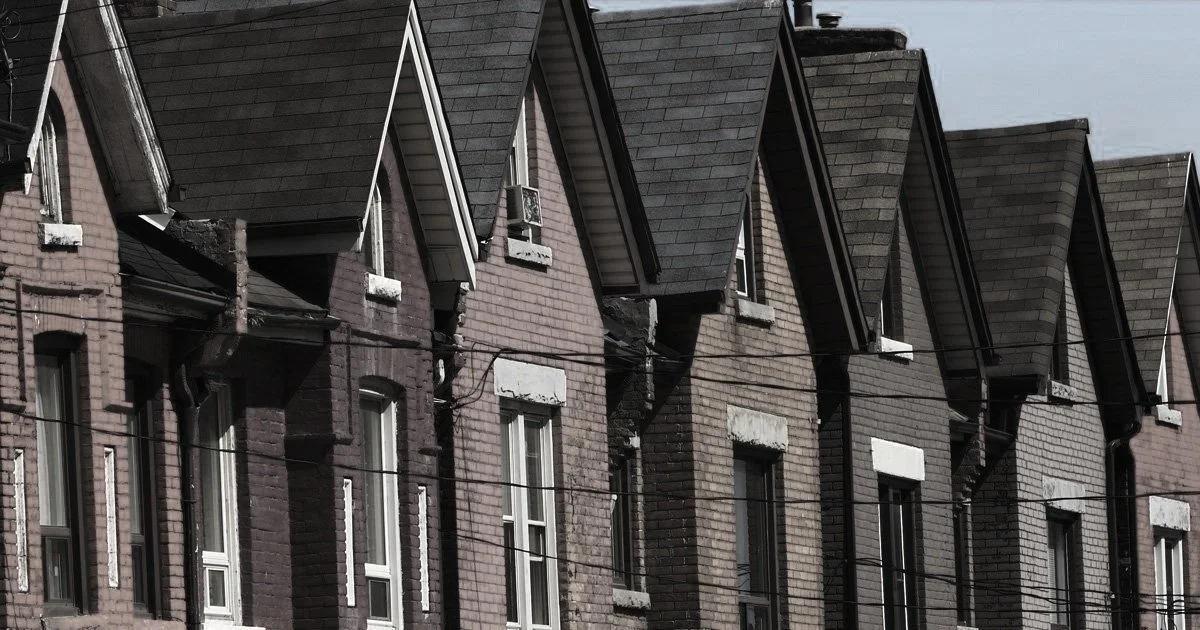
Why We Started,
Why We Persist.
History of Housing Inequality
A Legacy of Exclusion
Today’s housing landscape was shaped by the history of our region. The systemic racism and discriminatory practices of the past continue to affect communities of color throughout the South Puget Sound. Throughout U.S. history, systemic barriers were intentionally implemented to prevent people of color from achieving economic equality.
After the abolition of slavery, policies like single family zoning, redlining, restrictive covenants, violence and intimidation, urban renewal, and sundown towns were used to exclude people of color from property and wealth-building opportunities, severely limiting their ability to purchase homes and often denying them access to desirable neighborhoods. This exclusion was not only an economic disadvantage but was also aimed at preventing BIPOC communities from achieving financial stability and generational wealth.
From the 1920s through the mid-20th century, these discriminatory policies laid the foundation for widespread racial segregation, and disinvestment in neighborhoods of color. These discriminatory practices, compounded by violence and intimidation, have not only limited access to housing for these communities but also created a lasting wealth gap that still impacts them today.
Redlining
Restricting Access to Homeownership
Redlining, a discriminatory practice that emerged in the 1930s, involved the Home Owners' Loan Corporation (HOLC) categorizing certain neighborhoods in Seattle and Tacoma as "hazardous" for lending, often based solely on the racial and ethnic composition of their residents.
Areas like Seattle’s Central District and Tacoma's Hilltop were heavily affected, as banks denied loans to residents, primarily Black, Asian, and immigrant communities. This resulted in limited homeownership opportunities and long-term disinvestment. Even after redlining was outlawed in the 1960s, its effects persisted, continuing to impact these neighborhoods.
Violence and Intimidation
Upkeeping Segregation
Beyond legal practices, violence and intimidation were used to enforce segregation. In Seattle, Black families who tried to buy homes in predominantly white areas faced threats and vandalism. Towns like Shoreline and Edmonds functioned as sundown towns, where Black people were unwelcome after dark. These tactics ensured segregation and limited housing opportunities for Black residents, reinforcing racial divisions.
Restrictive Covenants
Legal Barriers to Housing Access
Restrictive covenants, which were legal clauses prohibiting home sales to minorities, were common in Seattle and Tacoma through the mid-20th century. Neighborhoods like Laurelhurst, Sandpoint, Lakeridge, and Queen Anne used these covenants to maintain racial segregation. Though the Supreme Court ruled them unenforceable in 1948, many neighborhoods continued to uphold racial exclusion informally, preventing non-white families from accessing housing and economic opportunities for decades.
Displacement Through Urban Renewal
The Disruption of Communities
Urban renewal projects in Seattle during the 1960s and 1970s displaced many Black families from the Central District. These projects, aimed at “slum clearance,” tore down entire blocks, pushing Black communities into overcrowded housing or out of the city. Black veterans, excluded from new housing developments, were particularly impacted by this displacement, limiting their opportunities for post-war economic advancement.
Asian American Exclusion
Discrimination and Displacement
Asian American communities, particularly Chinese and Japanese Americans, also faced significant discrimination. The Seattle Riot of 1886 forcibly expelled over 200 Chinese residents, and Japanese Americans were rounded up from their homes and placed in internment camps for 4-years during World War II, with their neighborhoods and economic stability deeply disrupted. Many Japanese people upon their release found their homes and property taken. Even after the Fair Housing Act of 1968, discriminatory practices persisted. A study revealed that in 2014, two-thirds of tested rental properties in Seattle still exhibited illegal discrimination based on race or other protected characteristics (src).
These systemic issues have contributed to stark disparities today. Nationally, white families possess almost ten times the net worth of Black families, with similar wealth gaps impacting South Asian and Pacific Islander communities, rooted in exclusionary practices like redlining and racial covenants.
Labor Unions and Housing Segregation
Exclusionary Practices
Labor unions, like the Seattle Building Trades, excluded Black workers from skilled trades, limiting their access to housing projects backed by unions. This exclusion kept Black workers from building their own communities, reinforcing racial segregation in both employment and housing.
Puget Sound's Housing Affordability Crisis
Today, the Puget Sound region is grappling with an escalating housing crisis that is squeezing families and communities. Median rents have soared by 50% since 2015, and home prices have nearly doubled, putting homeownership out of reach for many. Rising interest rates have pushed the required income for a median-priced home up by 55% in just two years, while renters face worsening cost burdens, with severe hardships disproportionately affecting communities of color.
Unfortunately, homeownership for people of color is only getting worse. Fifty years ago, in 1970, 50% of Black families in Seattle / King County owned homes. Today, it is down to 28% of Black families. And from 52% to 36% for Latino homeowners according to University of Washington’s Homeownership by race 1970-2022. With a backlog of 50,000 housing units and 800,000 more needed by 2050, the region’s housing supply is stretched to its limits. This requires more housing supply, and we hope more representation in the production of that housing supply.
Why 1DROP’s Mission Matters
Advancing Inclusive Housing Development
1DROP’s mission is critical because it addresses more than just the financial needs of developers, it amplifies the voices of communities of color, ensuring they are actively represented in the housing market. By facilitating equitable access to capital and empowering diverse developers, 1DROP is helping to reshape the real estate landscape into one that is more inclusive, equitable, and just. We are committed to reversing the effects of decades of systemic discrimination, driving meaningful change through each project we support.
